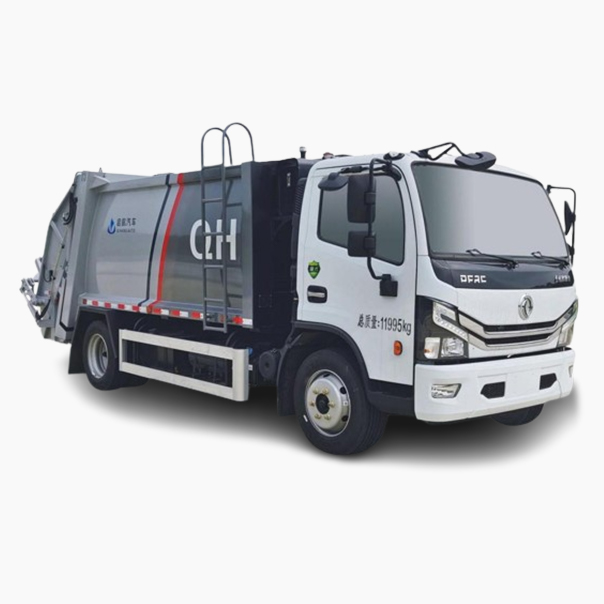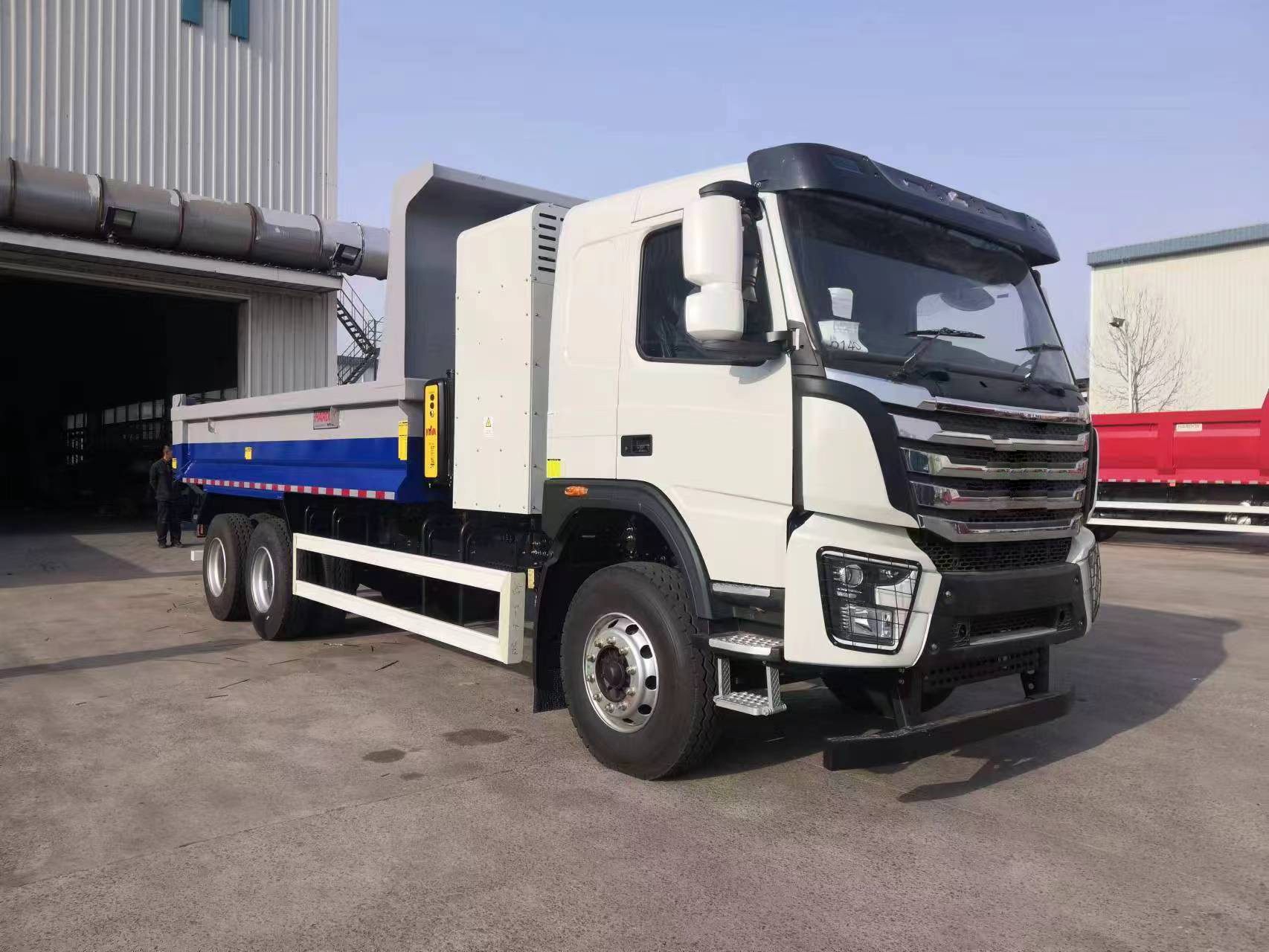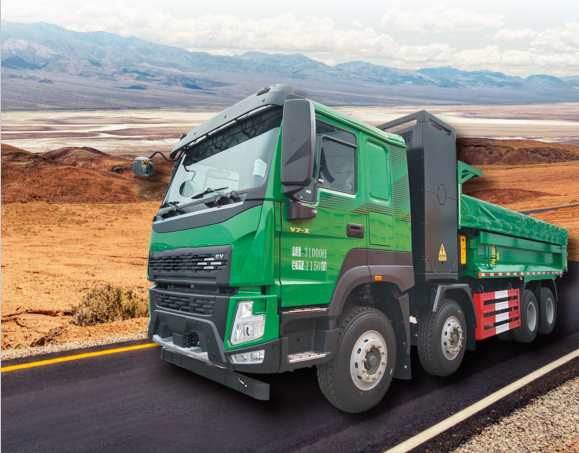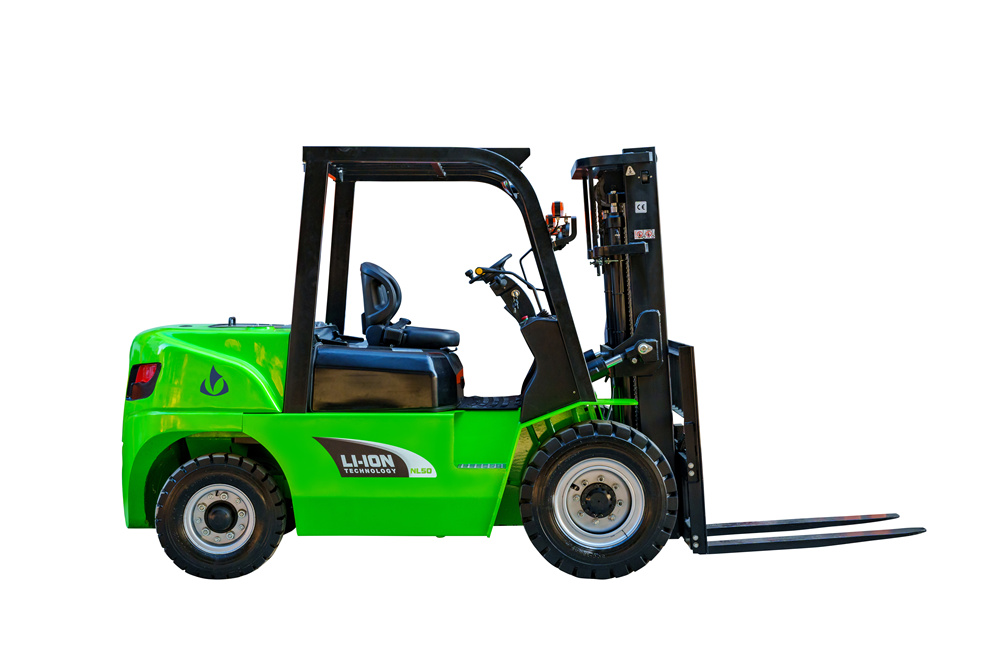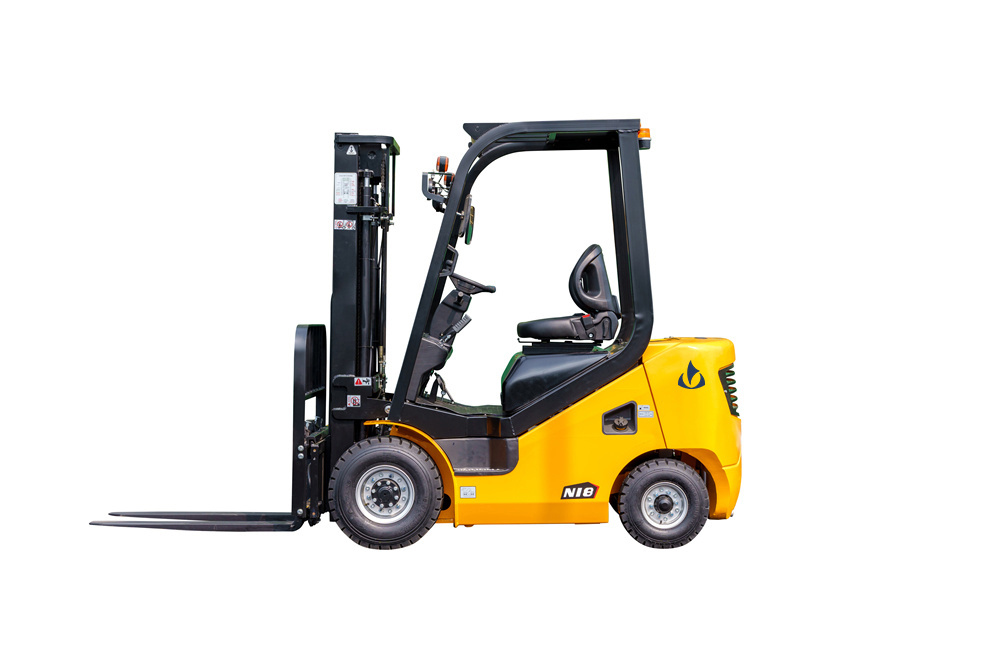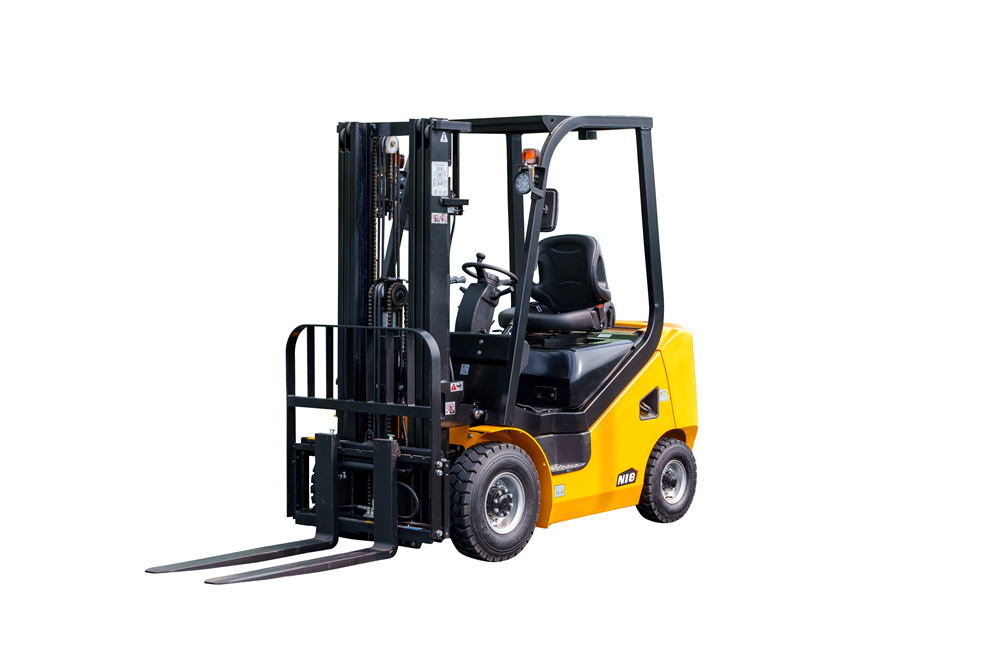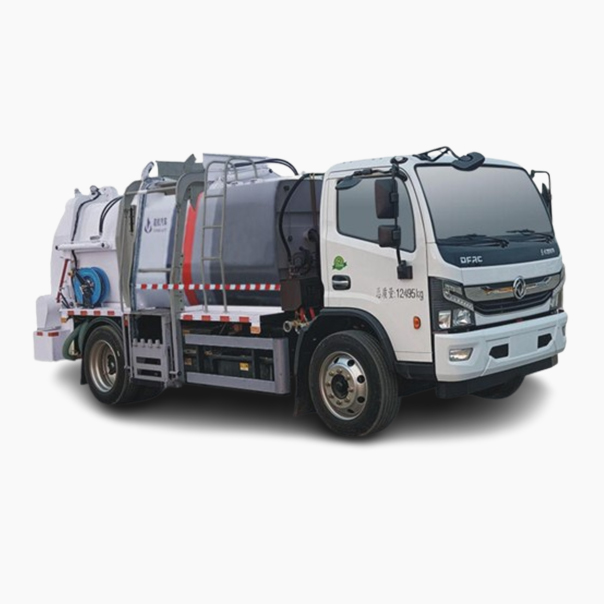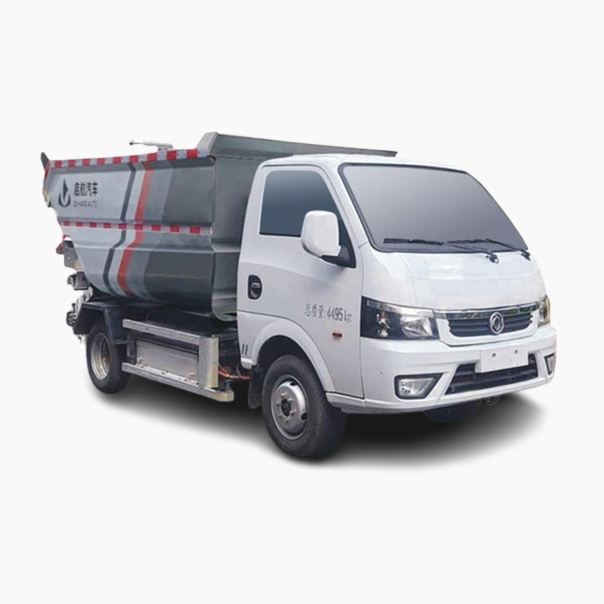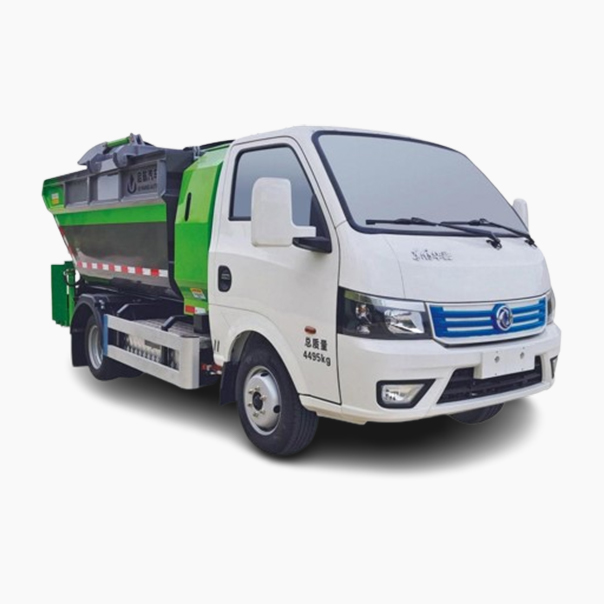The main functions of garbage compactors include improving garbage transportation efficiency, reducing transportation costs, reducing environmental pollution, and enhancing safety. Specifically:
1. Improve the efficiency of garbage transportation: Garbage compression vehicles can highly compress garbage inside the vehicle through compression technology, thereby reducing the occupied space. This means that for the same volume of garbage, garbage compactors can load more garbage, reducing transportation times and improving work efficiency.
2. Reduce transportation costs: Due to the ability of garbage compactors to reduce transportation frequency, fuel consumption and maintenance costs during vehicle operation are lowered. Meanwhile, the compressed garbage is more sealed during transportation, reducing the odor emitted by the garbage and minimizing its impact on the surrounding environment.
3. Reduce environmental pollution: Garbage compactors effectively reduce exhaust emissions and odors emitted by garbage by reducing transportation frequency and enclosed transportation, thereby reducing environmental pollution. This is of great significance for environmental protection in modern cities.
4. Improve safety: Modern garbage compactors are equipped with advanced hydraulic systems and intelligent control systems, making operation more convenient. Drivers can directly operate functions such as compression and unloading through the control panel, reducing manpower input and improving work safety.
Household waste accounts for the largest part of the main waste, but it is relatively fluffy, so it occupies a larger area and space, and garbage trucks transport it more frequently. Garbage compactors compress and compact garbage, reducing the number of times garbage trucks transport it and avoiding pollution caused by loose garbage flying around.
Composition and Characteristics
The garbage compactor consists of a sealed garbage bin, hydraulic system, and operating system. The entire compressed vehicle is a fully sealed type, which compresses and pours itself, and all the sewage during the compression process enters the sewage tank, completely solving the problem of secondary pollution during the transportation of compressed vehicles. The key components are imported, which have the advantages of high pressure, good sealing, easy operation, and safety.
